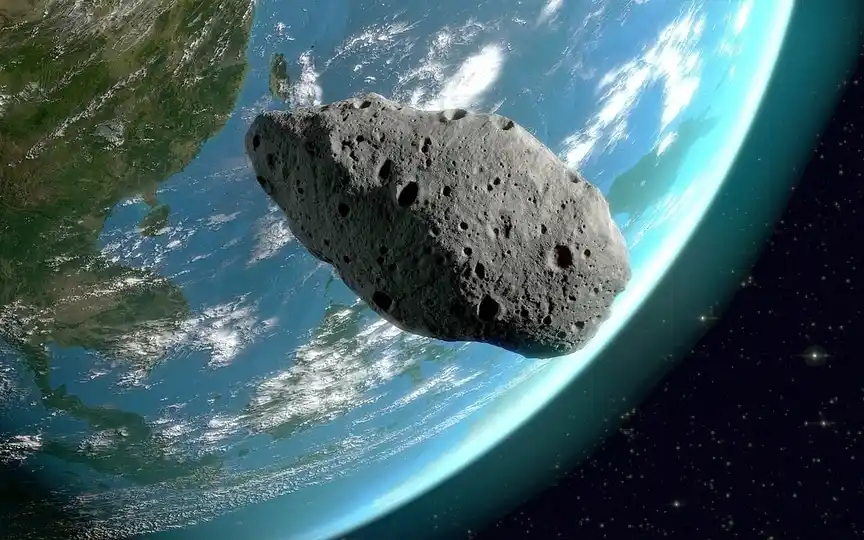Asteroid 2020 NC on a Collision Course with Earth at High Speed
Over the past few months, Earth has experienced multiple close encounters with enormous space rocks. Ranging from a 700-foot to a 1600-foot colossal asteroid, these celestial objects have raised alarm due to their size and proximity to our planet. Fortunately, despite their potential threat, all of them have successfully passed by Earth without causing harm. However, it is crucial to acknowledge that this fortunate outcome may not always be guaranteed. Consequently, NASA diligently monitors space to identify approaching asteroids and assess the potential risks they may pose well in advance.
NASA says it can use optical telescopes to survey large areas of the sky and detect light from the Sun reflected off an object depending on its size and surface brightness. However, ground-based radar can more accurately track and determine the orbits of asteroids found by optical telescopes. It discovers physical properties and body dynamics as it approaches millions of miles from Earth.
Now, NASA’s optical telescope and radar have spotted a massive 390-foot-wide asteroid hurtling toward Earth at fiery speed today. Here’s what NASA has to say about this mighty giant asteroid.
Asteroid 2020 NC hazard
According to NASA’s asteroid data tracking page, Asteroid 2020 NC is expected to make a close approach to Earth today, July 2, at a distance of about 3.3 million miles. It is currently traveling through space at a high speed of 27,873 kilometers per hour. This particular asteroid belongs to the Aten group and was originally observed on July 6, 2020. Data from The-Sky.org shows that it completes a full orbit around the Sun in about 274 days.
Although NASA has assured that this asteroid poses no potential threat, it is still very important to closely monitor the movements of this fast-moving monster of pain to prevent tragedies.
How does NASA name an asteroid?
Asteroids are commonly identified by a title such as “Asteroid 2020 NC”. However, this name is a temporary designation given to an asteroid, indicating the year it was discovered, followed by two letters representing the order in which it was discovered in that year. For example, if an asteroid is discovered between January 1st and January 15th, it will be given designations such as AA, AB, AC, and so on. Correspondingly, asteroids discovered on December 16 and 31 will be named YA, YB, YC, and so on. However, the letter “J” has been left out of this series of designations for some reason.




